Kovový profil 6Y02 Zemní typ Light Source Line
Nyní má naše společnost různé řady světelných zdrojů, odpovídající linie se stejnou barvou, extré...

Integrované linie nástěnných desek lze rozdělit do dvou kategorií na základě surovin: kovové profily a bambusové linie. Kovový profil má obecně pět barev (matná černá, matná titanově zlatá, matná růžová zlatá, matná železo šedá, matné bronzování) a nějaký kovový profil, který lze potáhnout stejnou barvou, což je také trend do budoucna, tedy demetalizace . Kovový profil má kovové vlastnosti, je stabilnější a odolnější a je vhodný pro všechna aplikační prostředí. Kvalita kovových linek společnosti je vynikající a kompletní nosný systém je perfektní, který dokáže vyřešit všechny problémy s instalací na stěnu, takže kovový profil je u zákazníků oblíbenější. Bambusové linky jsou vyrobeny z bambusu a dřevěného substrátu, takže je lze sladit se všemi barvami a obecně se používají k dekoraci. Používá se také s vysoce kvalitním substrátem a stejnou fólií jako stěnový panel, proces potahování filmem je také vynikající a kvalita vyrobených bambusových linií je také poměrně vysoká.
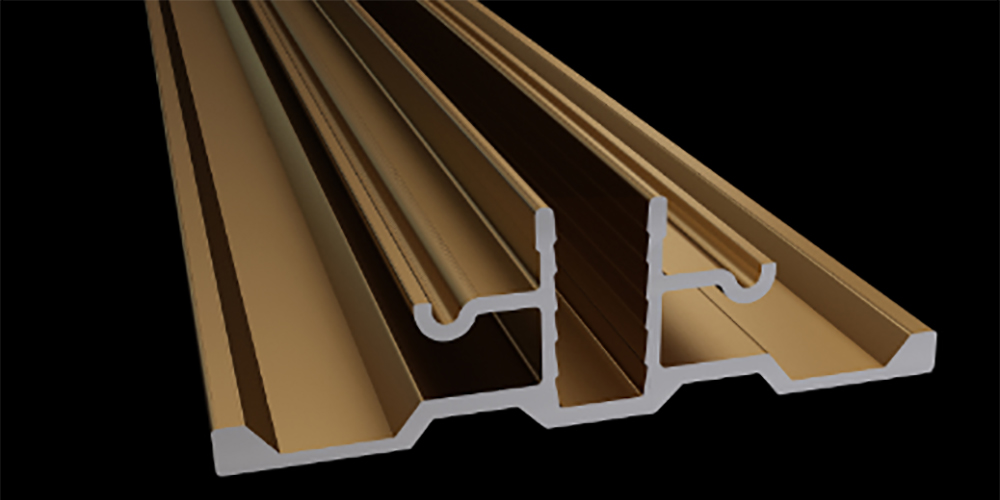
Nyní má naše společnost různé řady světelných zdrojů, odpovídající linie se stejnou barvou, extré...
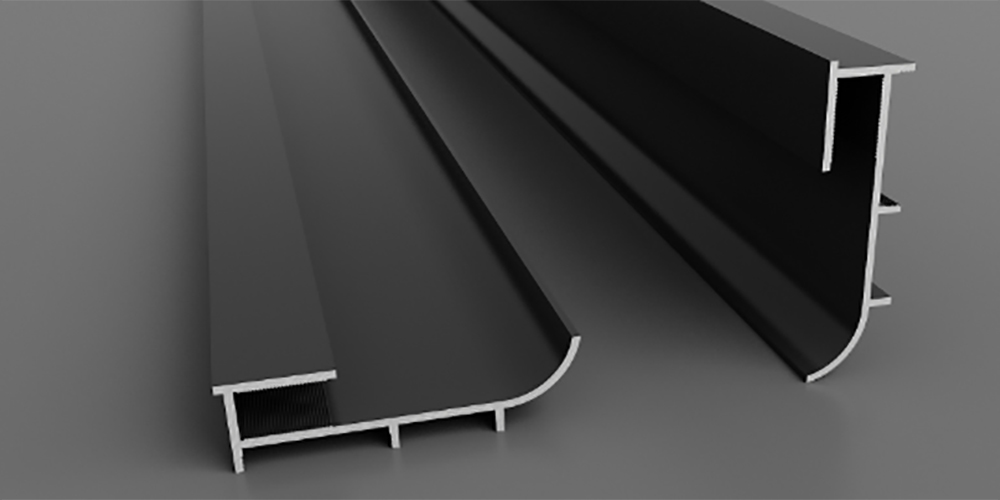
Nyní má naše společnost různé řady světelných zdrojů, odpovídající linie se stejnou barvou, extrémn...
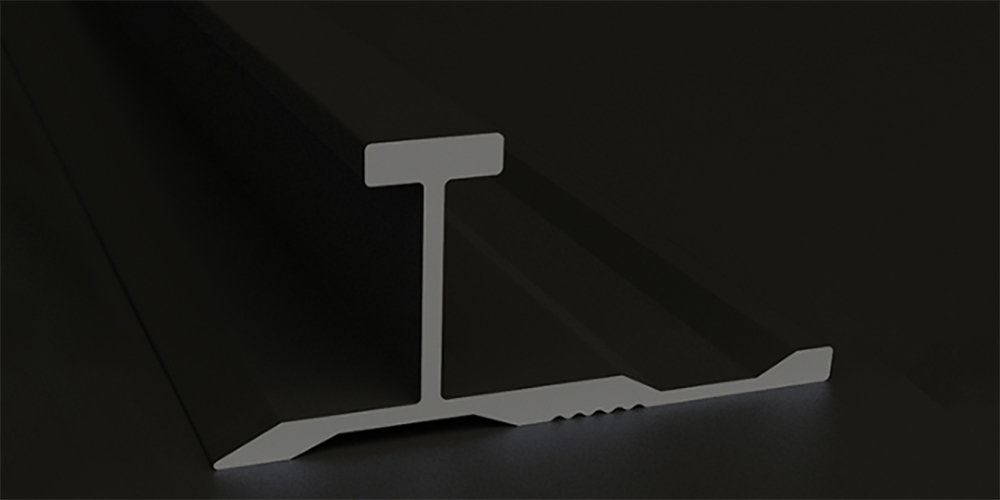
Nyní má naše společnost různé řady světelných zdrojů, odpovídající linie se stejnou barvou, extrémn...
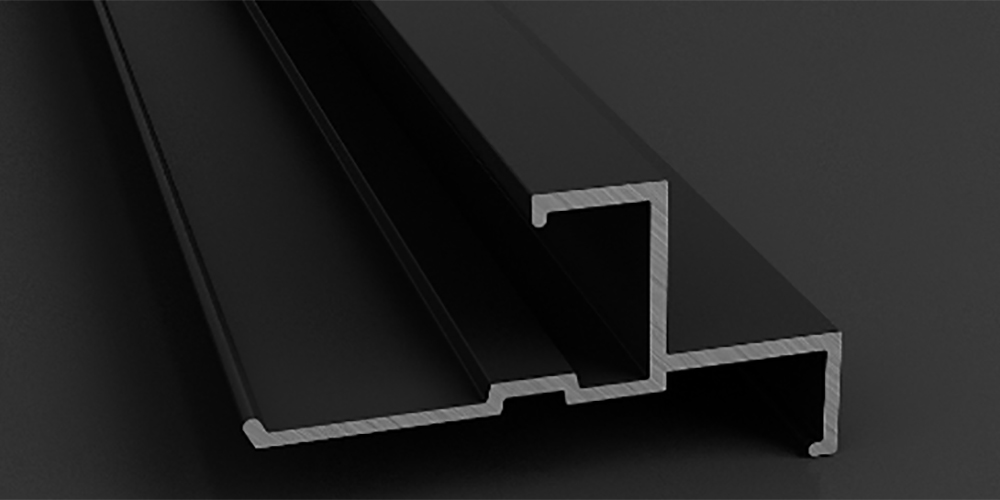
Nyní má naše společnost různé řady světelných zdrojů, odpovídající linie se stejnou barvou, extrémn...
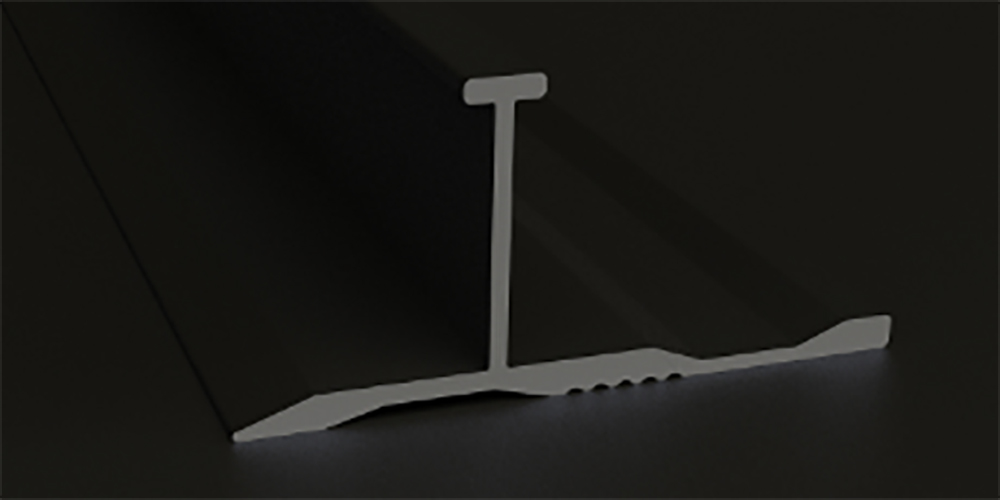
Nyní má naše společnost různé řady světelných zdrojů, odpovídající linie se stejnou barvou, extrémn...
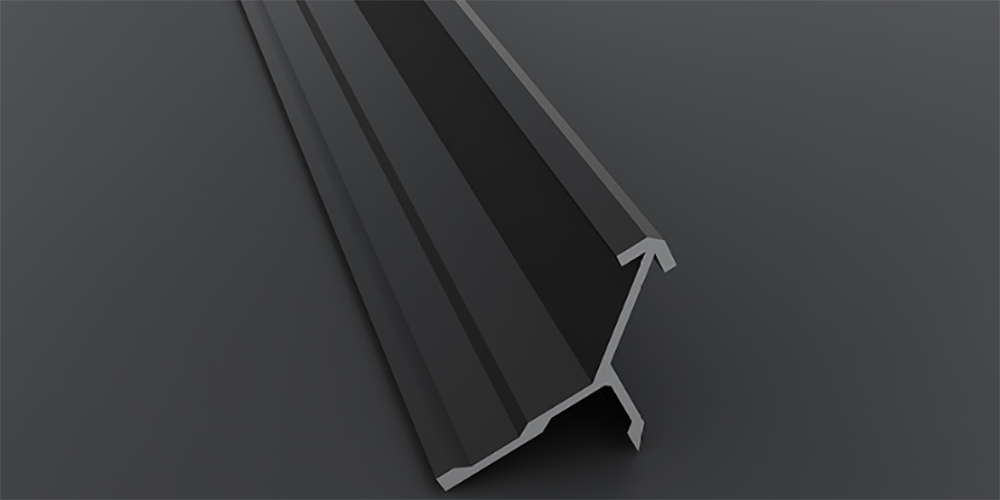
Nyní má naše společnost různé řady světelných zdrojů, odpovídající linie se stejnou barvou, extrémn...
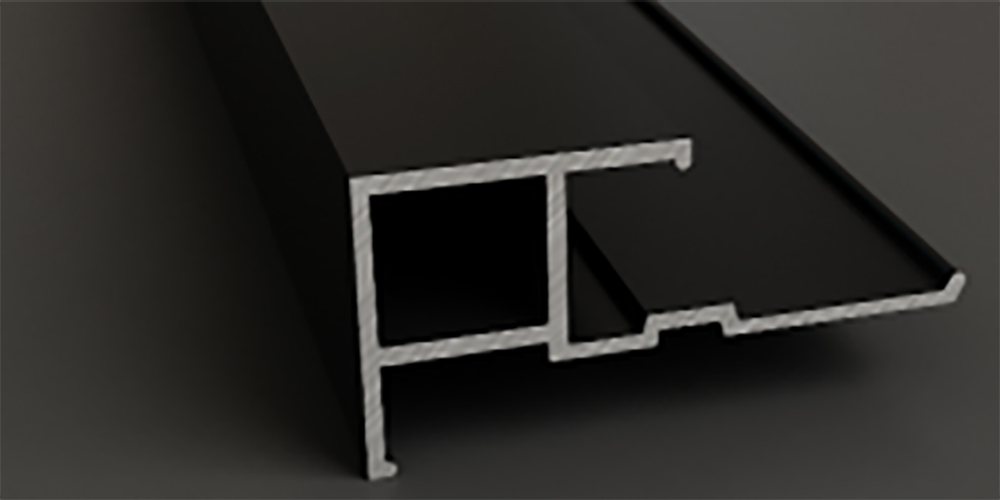
Nyní má naše společnost různé řady světelných zdrojů, odpovídající linie se stejnou barvou, extrémn...
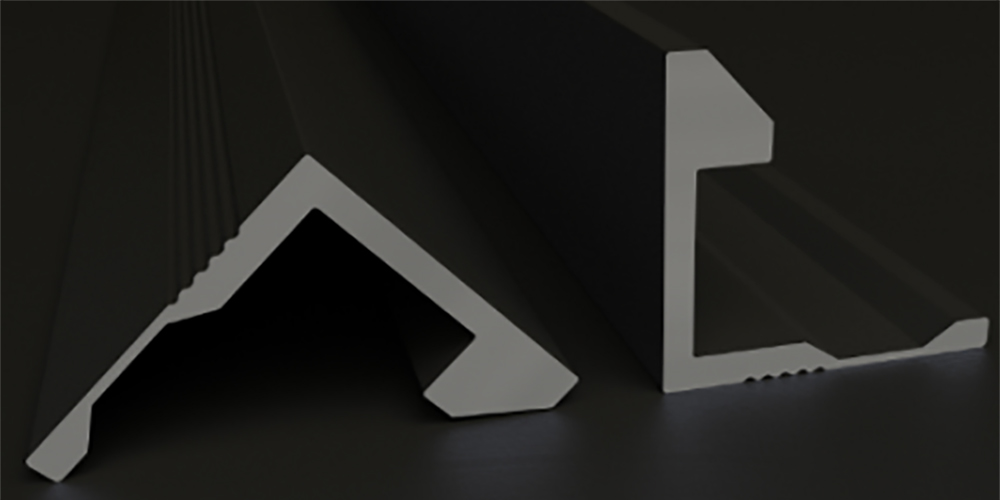
Nyní má naše společnost různé řady světelných zdrojů, odpovídající linie se stejnou barvou, extrémn...
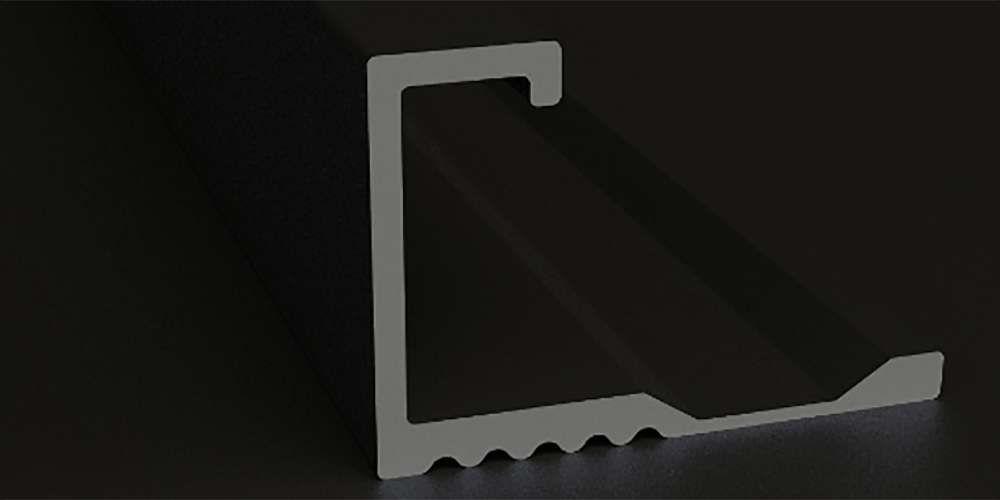
Nyní má naše společnost různé řady světelných zdrojů, odpovídající linie se stejnou barvou, extrémn...
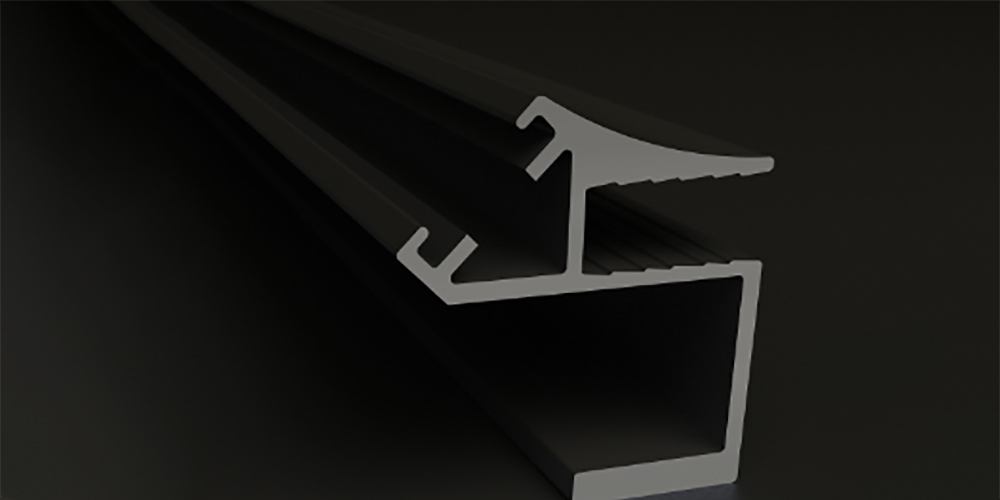
Nyní má naše společnost různé řady světelných zdrojů, odpovídající linie se stejnou barvou, extrémn...
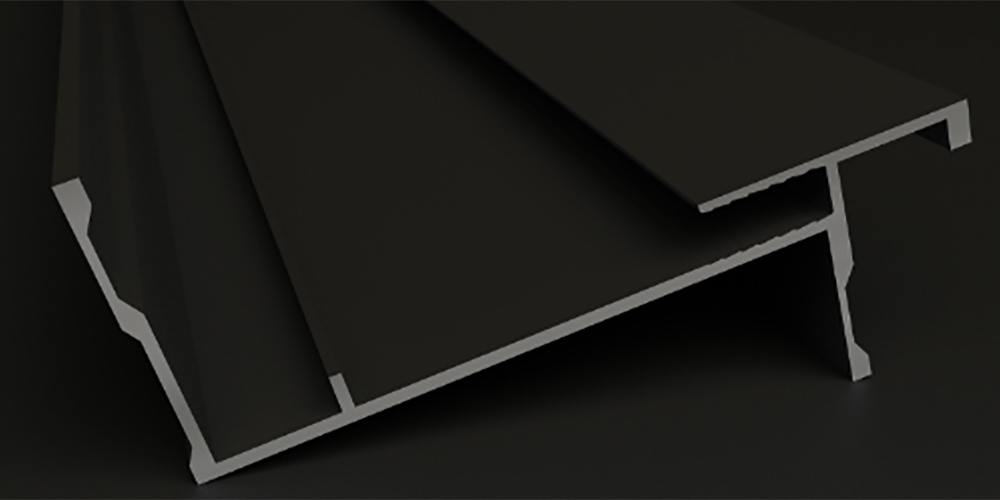
Nyní má naše společnost různé řady světelných zdrojů, odpovídající linie se stejnou barvou, extrémn...
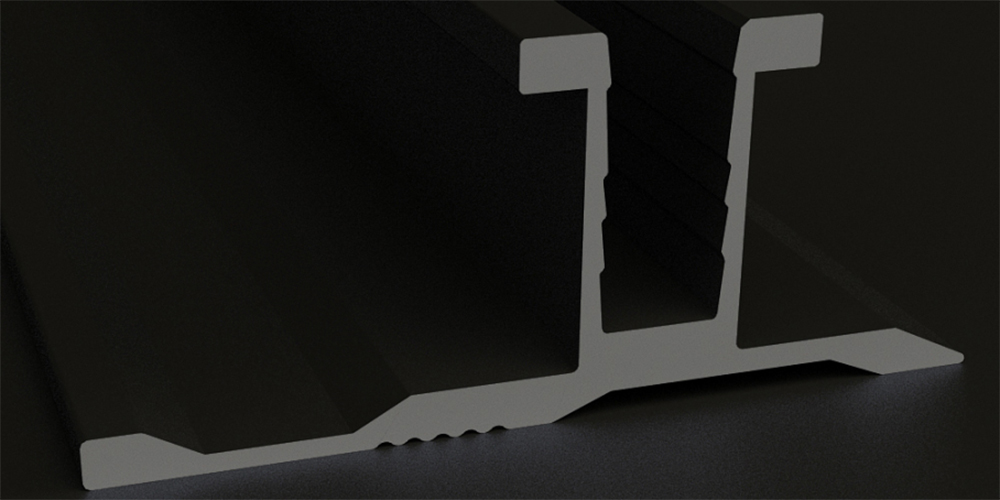
Nyní má naše společnost různé řady světelných zdrojů, odpovídající linie se stejnou barvou, extrémn...
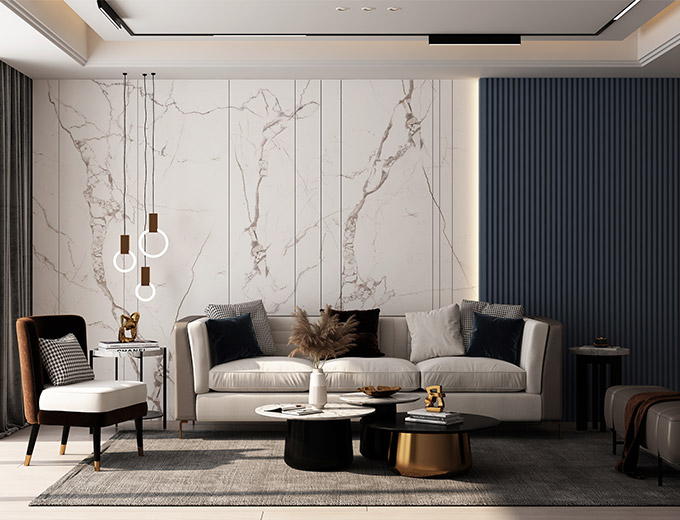
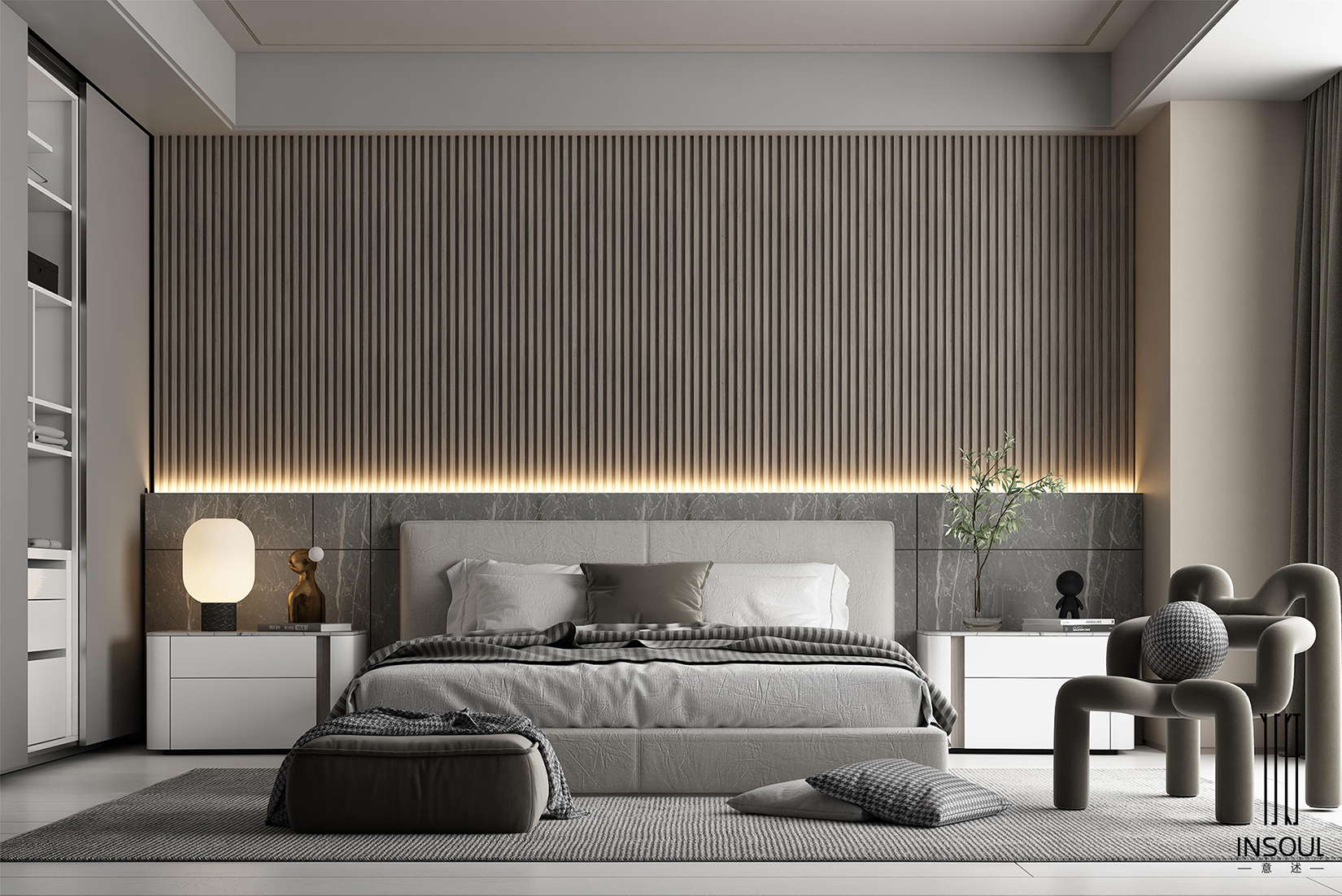

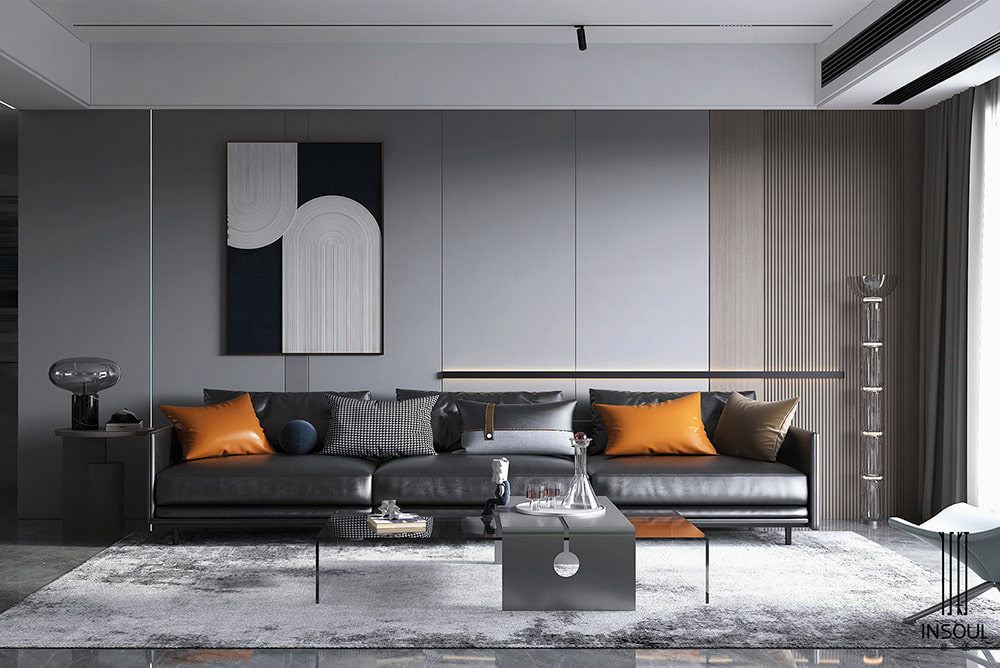

.jpg)
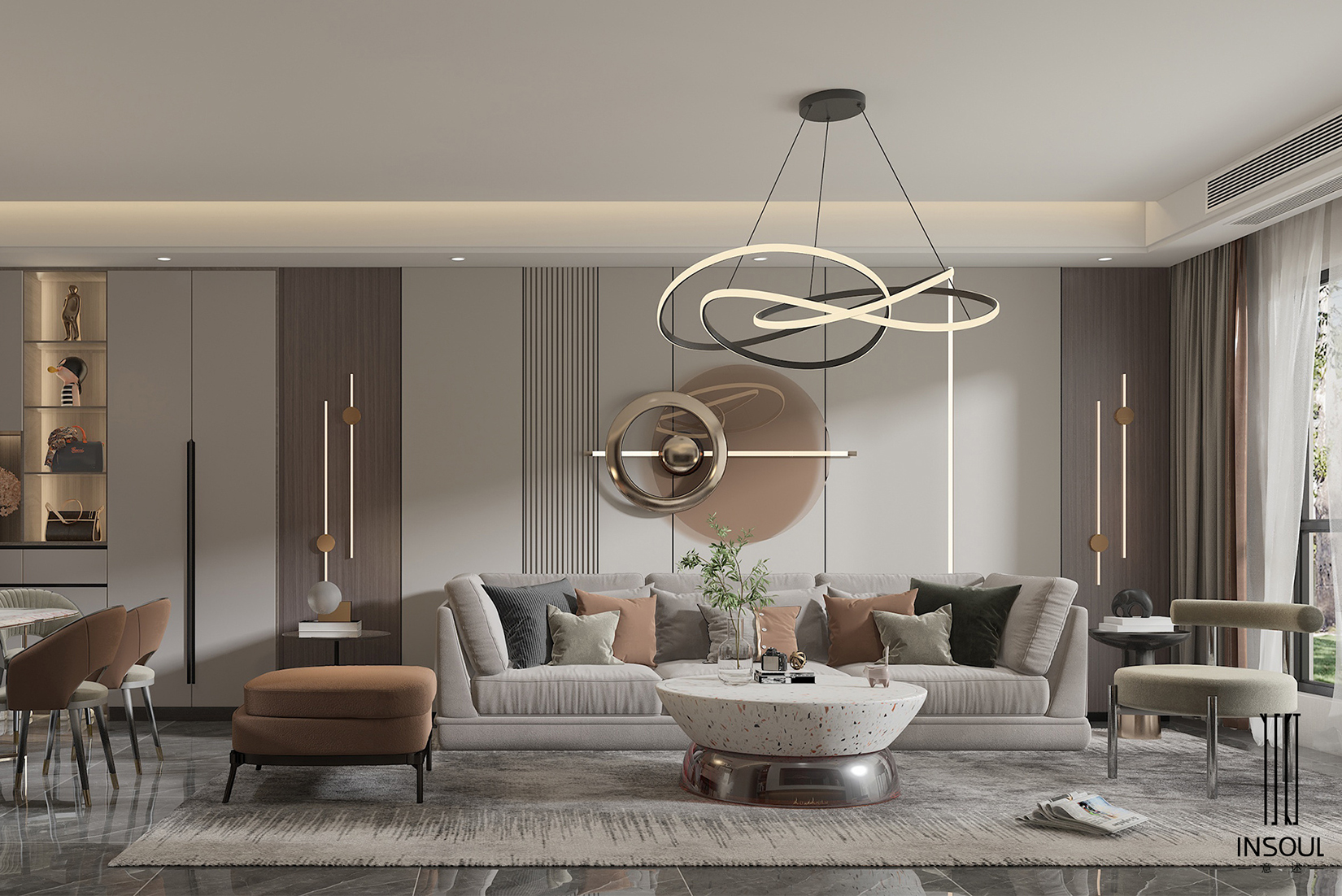

©2022 Zhejiang Insoul Household Co., Ltd. Všechna práva vyhrazena 浙ICP备2021010170号
• Zásady ochrany osobních údajů
• Zásady obchodu
• Smluvní podmínky

Velkoobchodní výrobci nástěnných panelů WPC